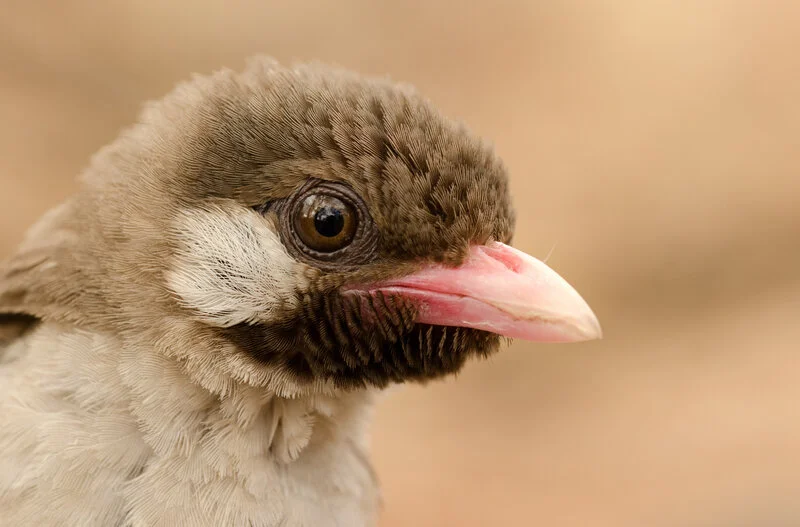Songbird Migration at Night Versus Artificial Light
- Dru Norris
- Apr 26, 2024
- 3 min read
| Phoenix, Arizona
Have you ever wondered why you never see songbirds migrating despite the groups that supposedly fly hundreds of miles every year? You've never seen them because they migrate at night when most of us are asleep. This is due to numerous reasons, mainly having to do with self-preservation and knowing where to migrate too.
Perhaps the most basic explanation for this is the simple fact that most of their natural predators, such as hawks and falcons, migrate during the day. By flying at night they can reduce the risk of predation.
Songbirds also travel at night to take advantage of the cooler and denser air. The cooler temperatures help prevent overheating, which can be detrimental to the songbird's health. The air is also denser at night, making it easier to generate lift, an essential force that helps birds push into the air and fly. Traveling at night also makes it so the songbirds don't have to deal with daytime thermals, a column of rising air that can disrupt the flight of smaller birds. By avoiding these harsh thermals, the songbird's flight goes much smoother. All this helps songbirds conserve their energy, which is necessary on long migrational flights.

The stars also serve an important purpose in their journey. They essentially serve as a map, teaching the songbirds where to fly by following the rotational star patterns. The light given off by the stars helps guide and orient the songbirds on their journey. This "star map" is possible because they carefully observe and follow the star configuration, similar to humans using the Big Dipper to find north. However, unlike humans, songbirds do not follow just one star but the patterns of the star's movement. Dr. Stephen Emlen proved this during an experiment in the 1960s and 1970s where he brought birds into a planetarium and blocked out different stars to see where the birds would naturally migrate to. No matter which stars he blocked out the birds could always find their way. The only time the birds acted confused is when he blocked off about 35 degrees off of the stationary star, Polaris (better known as the "North Star"). By doing this he concealed the majority of the configurations that the birds followed.
In another experiment, Dr. Emlen decided to take it a step further and raise birds inside the planetarium. This time, instead of changing the star configuration, he changed the axis of the earth, as well as changing the stationary star to Betelgeuse instead. Curiously, once the birds were ready to migrate they would point themselves at Betelgeuse instead of Polaris. This result poses the question of whether they look to Polaris as it is stationary to point themselves north once they figure it out using the star configuration. Scientists are unsure but are making advances that bring us that much closer to figuring it out.
Due to relying so heavily on the stars to find their way, artificial lights pose a big problem for songbird migration. These lights can throw migrating songbirds off their path up to 5 kilometers away. Songbirds are attracted to these lights and circle them endlessly, severely depleting their much-needed energy stores. These artificial lights also lure the songbirds into collisions with buildings and infrastructure, killing thousands of songbirds. Some ways to help combat this problem are to turn off the lights when they aren't needed, pull down window shades to prevent light spills, and avoid turning on lights that face the sky. You can also help by paying attention to when birds are migrating and timing your lights so they don't interfere. Check out BirdCast to see when the birds are flying over your city!














Comments